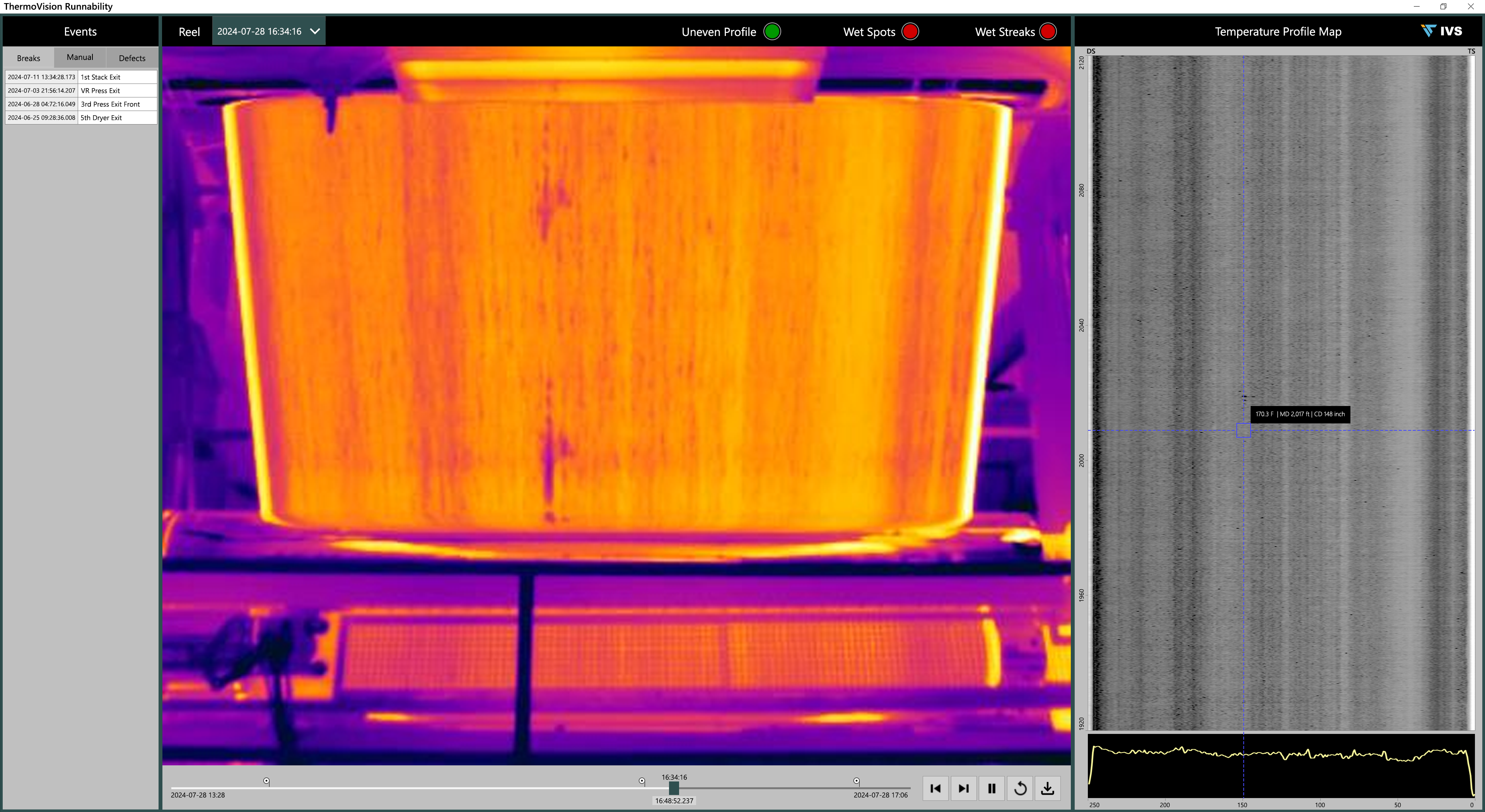Automation pyramid part 6: The easiest way to understand the pyramid as a whole is to see how information moves from Level 1 to Level 5 and how to get value out of data analysis.
The first five installments of this series covered the different levels of the automation pyramid and how to turn process data into information. Levels 1 and 2 consist of the process equipment, instrumentation, and control systems that automate production. Level 3 is comprised of the information systems used to collect and analyze raw data from the control system.
Level 4 provides more detailed analysis tools combined with other information systems such as quality control that add context to the raw process data. Level 5 forms the basis of a fully connected enterprise with bi-directional integrations between production and business operations systems. The easiest way to understand the pyramid as a whole is to see how information moves from Level 1 to Level 5.
Getting value out of data analysis
Much like the flow of raw material through the process, data can be traced through the various systems that turn it into information. This begins with raw material brought into the facility. A Level 1 and 2 system monitors the tank levels as material is unloaded from supply trucks or rail cars.
This provides operators with a real-time view of what is available for processing and can trigger alarms if the tanks are close to empty or in danger of overflowing. Understanding how the tank levels fluctuate over time requires a process historian to collect and store the amount of material in the tanks. Combining the analysis tools at Level 3 with the skills and experience of operators and production staff yields some information but may require a lot of effort to get the most value out of this information.
Level 4 systems reduce the amount of effort required to find actionable insights, by means of statistical analysis tools and additional data sources to provide the context to turn raw data into information.
Using raw material as an example, Level 4 systems might include quality control sample data describing the condition of the raw materials when they are brought into the plant. Based on this information, process setpoints may need to be adjusted to ensure adequate product quality. Integration of Level 5 systems might include a data entry system the operators use to generate an unloading ticket that combines quality control data, information from the shipping company, and actual process data to verify shipped and received quantities. This system can be synced with accounting systems to ensure shipping/receiving information is correct.
Applying the same concept to final production amounts leads to a system to understand overall production costs and losses based on the amount of material going into and out of the process. This can be combined with utility usage information for even more detailed cost breakdowns. It allows operations staff to spend time using this information to make higher impact decisions than they would be able to do if they spent their time only combing through raw data.
This approach can be applied to any part of the process, resulting in an overall system to understand the health of the entire process at any given time.
Applying the automation pyramid
The automation pyramid was implemented at the Jaxon Energy facility in Jackson, Miss. The system was designed from the ground up with Levels 1 and 2 in mind; it comprised a programmable logic controller (PLC) and human machine interface/ supervisory control and data acquisition (HMI/SCADA) system for process automation.
As part of the process-control design discussion, the idea of implementing a process historian was proposed and adopted as part of the overall system design. This brought the facility up to Level 3, along with historical trending and reporting tools for data analysis.
During a subsequent design meeting, requirements for reconciling raw material shipping and finished product shipping documents were discussed, and the idea of a product reconciliation system was proposed. This system was originally envisioned as a Level 4 system, with the integration of quality control sample data into the shipping and receiving tickets enabling production operations staff to better understand the process setpoint for the varying grades of material received on any given day.
When the product reconciliation system was commissioned, it was quickly elevated to a Level 5 system, supplying information to accounting staff and generating the forms they use to check production data against bills of lading to double check transactional data. This Level 1 to 5 approach yielded a system for Jaxon that surpassed the capabilities of systems at their other facilities, and gave them a solid foundation for continuous improvement of their operations.
Implementing the automation pyramid
What the facility must understand is what level it currently is at. From there, the next step is to prioritize what systems at the current or next level would provide the most value, and search for who can best design and implement those systems.
Other common systems companies implement as they need more information are manufacturing execution systems to track downtime, additional statistical analysis tools that may include machine learning algorithms, or even finding ways to implement Industrial Internet of Things (IIoT) devices, such as beacons, safety tracking devices, or even Geo-fencing in the facility for a real-time view of their staff’s locations.
One important piece of the puzzle is to start small and allow everyone to get used to the new systems without overwhelming employees in the process. As technology improves, the capabilities of each level of the pyramid will increase, and it is always a good idea to research new tools as they come out. The amount of data is always increasing, and it is more important than ever to find ways to turn it into information.
Alex Marcy, P.E., is the owner and president of Corso Systems, a system integration firm based in Chicago. Corso Systems is a CFE Media content partner.



